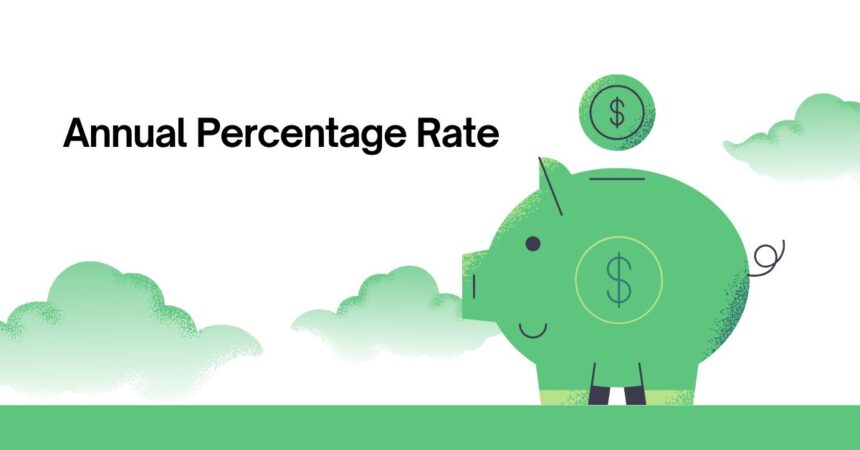The Annual Percentage Rate (APR) is a measure used to express the cost of borrowing or the return on an investment over a year, including interest rates and any associated fees. APR is typically used in the context of loans, credit cards, and mortgages, helping businesses and individuals compare different financing options. It provides a more accurate picture of the true cost of borrowing than just looking at the interest rate, as it includes additional costs such as lender fees and other charges.
For businesses, understanding APR is essential when considering different funding options, especially when choosing between different loan providers or credit cards. The APR helps business owners evaluate the total cost of a loan, ensuring they can make the most cost-effective decision for their financial needs.
Key Takeaways
- APR represents the total cost of borrowing over a year, including interest and fees.
- It is essential for businesses to understand APR when comparing financing options to avoid overpaying.
- A higher APR generally indicates a more expensive loan or credit product.
- Example: If a small business takes out a loan with a 12% APR, the total cost of borrowing will include the interest rate plus any fees the lender charges, calculated annually.
How APR Works
- Components of APR
- Interest Rate: The cost of borrowing, usually expressed as a percentage of the principal loan amount.
- Fees: Lender fees, such as origination fees, closing costs, and maintenance charges, are included in APR calculations.
- Other Costs: Some APRs also account for other costs, like insurance or other add-ons that may be required for certain types of loans.
- How APR is Calculated
- APR is typically calculated by adding the interest charges and fees together and then dividing that sum by the loan amount. It is then annualized to reflect the true cost over a year.
- For example, if a business takes a $10,000 loan with a 10% interest rate and $500 in fees, the APR would be higher than 10%, because the fees add to the total cost of the loan.
- Fixed vs. Variable APR
- Fixed APR: The interest rate remains constant throughout the life of the loan.
- Variable APR: The interest rate can fluctuate based on market conditions, leading to potential changes in the total cost of the loan.
Importance of APR for Business Financing
- Comparison Tool: APR allows business owners to compare different loan offers on a level playing field, making it easier to identify the most cost-effective option.
- Cost Transparency: Understanding APR helps businesses anticipate how much they will pay in total over the life of a loan, allowing for better financial planning.
- Avoiding Hidden Fees: By considering the APR, businesses can avoid financing options that appear attractive but come with hidden fees that can increase the overall cost of borrowing.
Advantages and Disadvantages of APR
- Advantages:
- Clarity: APR provides a clear picture of the total cost of a loan, which can be especially helpful when comparing offers.
- Standardization: Since APR is standardized, it is easier to understand and compare across different lenders.
- Disadvantages:
- Does Not Account for Loan Term: APR does not take into account the length of the loan, which means that two loans with the same APR may cost different amounts depending on their duration.
- Variable APR: For loans with variable APR, the rate may change over time, making it harder to predict the total cost.
Example of APR in Action
A small business owner takes out a $50,000 loan for 3 years with a 10% APR. While the interest rate might seem like it’s only 10%, the APR calculation also includes a $2,000 origination fee and other associated charges. The total amount the business will need to repay, including interest and fees, is higher than the original loan amount, giving the business a clearer idea of the true cost.





